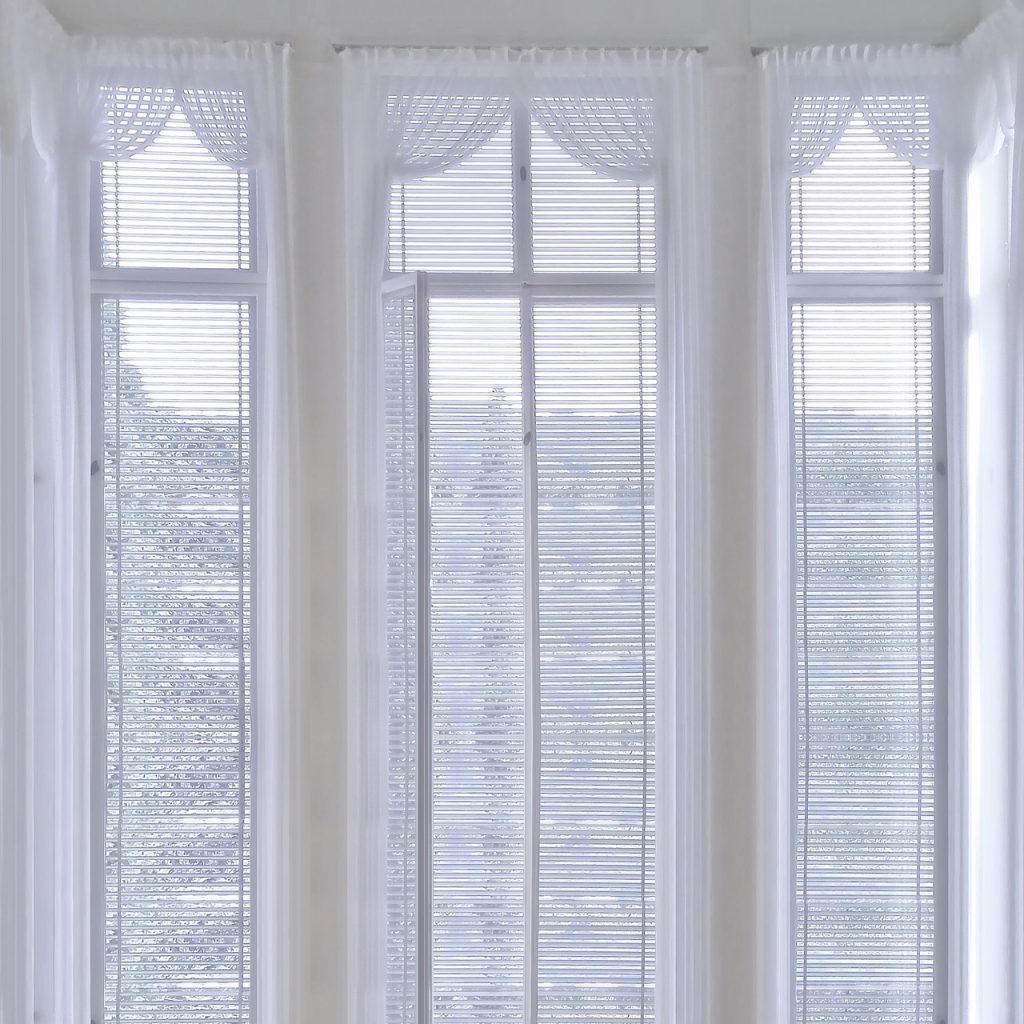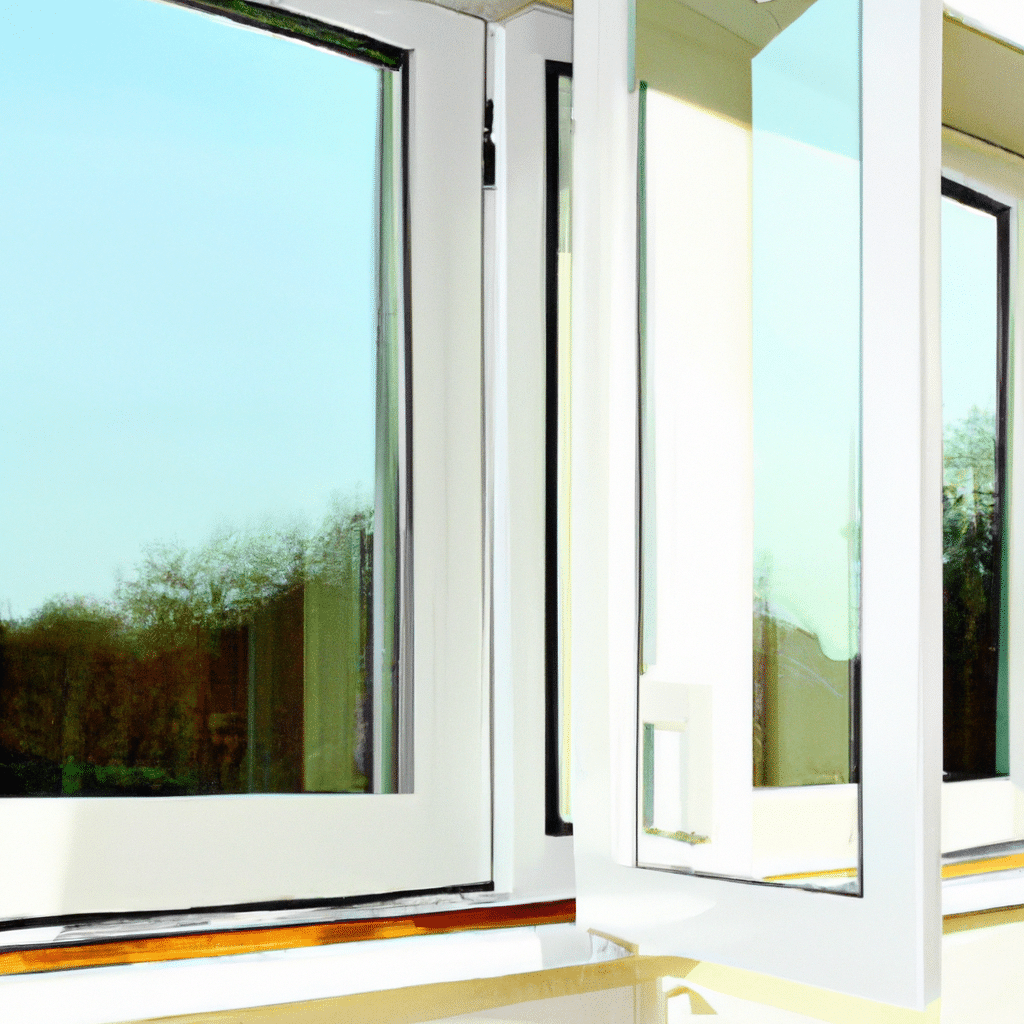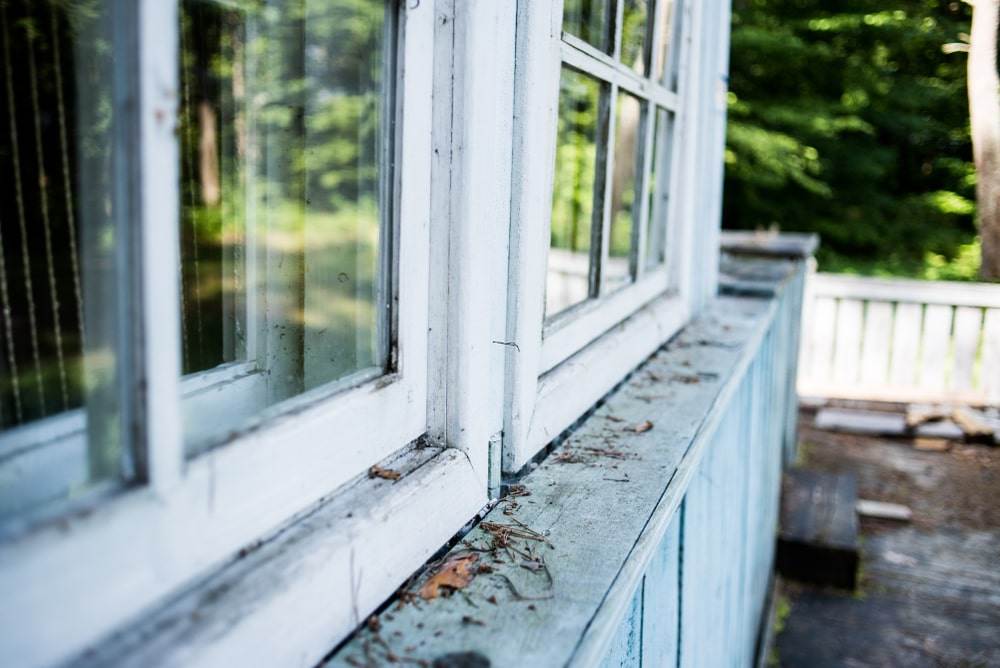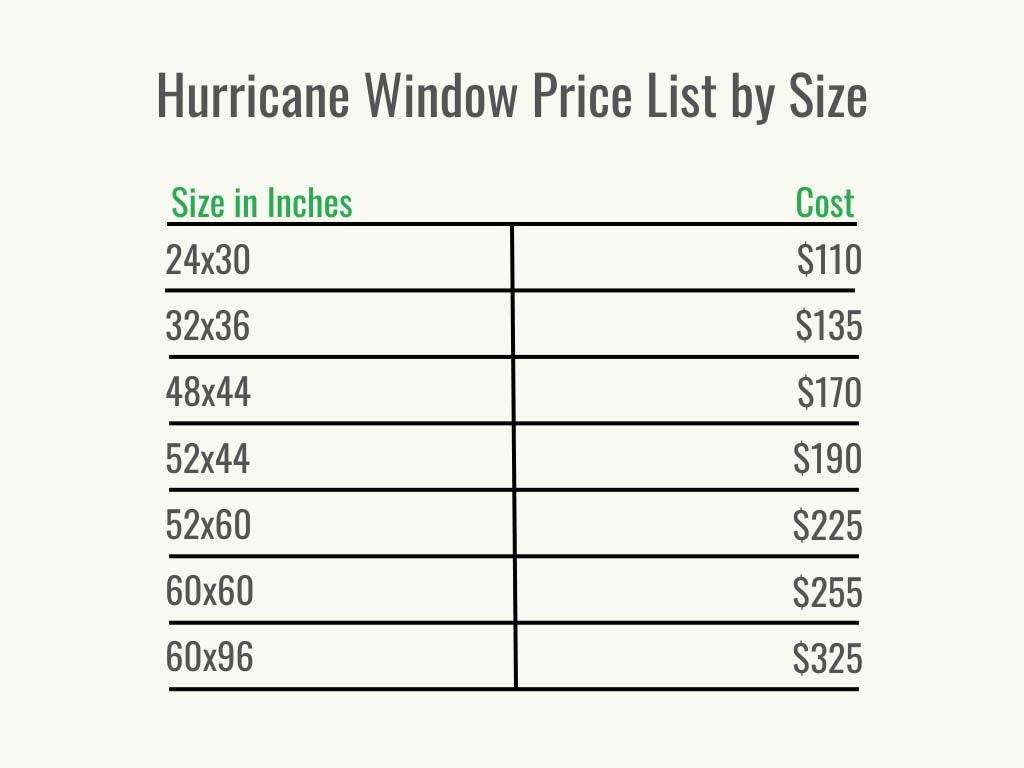How Do I Prepare My Home For An Impact Window Installation?
Learn how to prepare your home for an impact window installation. Clear the area, remove obstacles, protect valuables, and secure permits. Smooth and efficient process guaranteed.
How Do I Prepare My Home For An Impact Window Installation? Read More »










